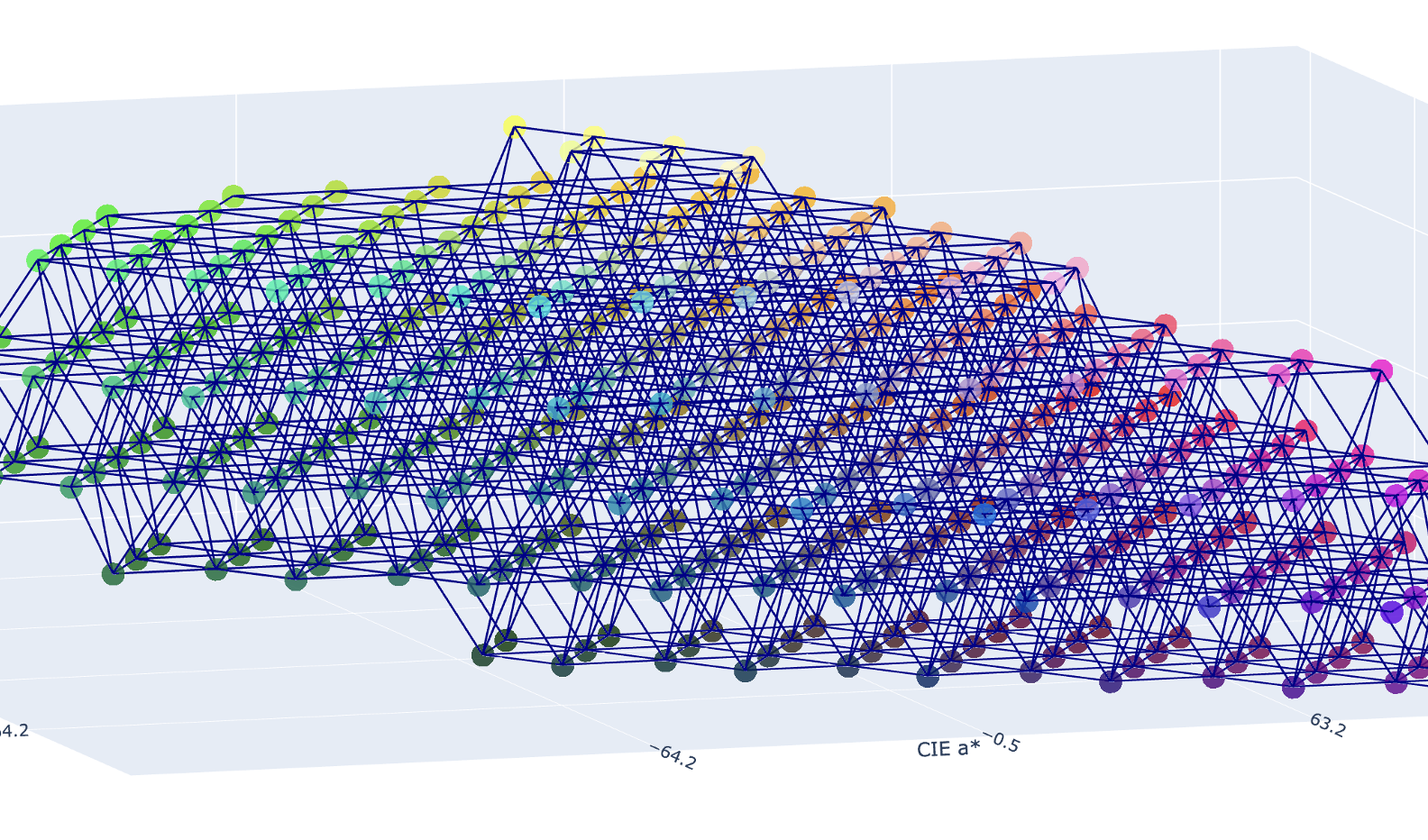
When describing “how many colors” can be represented or reproduced by a given system or device, volume (or gamut volume) is often used. While it has a rightful place and is a valid way to describe a range of colors, it is an incomplete and indirect answer to the original “how many?” question. In this paper a first principles based approach is applied to this question, starting with delimiting the validity of any possible answer by being explicit about assumptions about domain (dimensionality, encoding bit-depth, coordinate system or color space. etc.). Furthermore, no real-world data exists without a reference to a measurement device, which in turn has to consider sources of noise: physical surfaces whose color or spectral measurements differ by less than the level of noise of that device, cannot be considered as distinct. These assumptions directly affect possible answers to the initial question of how many colors or color stimulus properties there are. Starting from reflectances, their quantization and measurement noise as well as colorimetry are analysed in a variety of color spaces and the concepts of cardinality and colorimetric errors are used. The result is not a single answer but both an exploration of the effects of the assumptions and a characterization of their dependence. For example, results show how quantization and measurement error can have a significantly larger impact than may be intuited, likewise, the same analysis in CIE LAB, CIE CAM16 and CAM16-UCS yields substantially different answers (and may be applicable in different contexts), which also highlights current limitations of these spaces and color difference metrics. Additionally, a cardinality analysis can also be performed in a biological domain of retinal responses, which bridges the physical and psychophysical domains. As will be shown, precise answers can be given under specific and explicit assumptions, but in a general context, the answer always has to be “it depends”.

Colorimetry is a fascinating piece of science that Maxwell began in 1860. From the rigorous scientific point of view, the series of assumptions on which it is based have formed, during time, a substrate of constraints, making its use unpractical for many of today tasks in color management. In everyday applications, these constraints are often not considered, producing a series of best practices and models that carry on mismatches between measures and the actual color sensation as perceived by the observers. This paper presents a synthetic critical overview on colorimetry research and its everyday use.